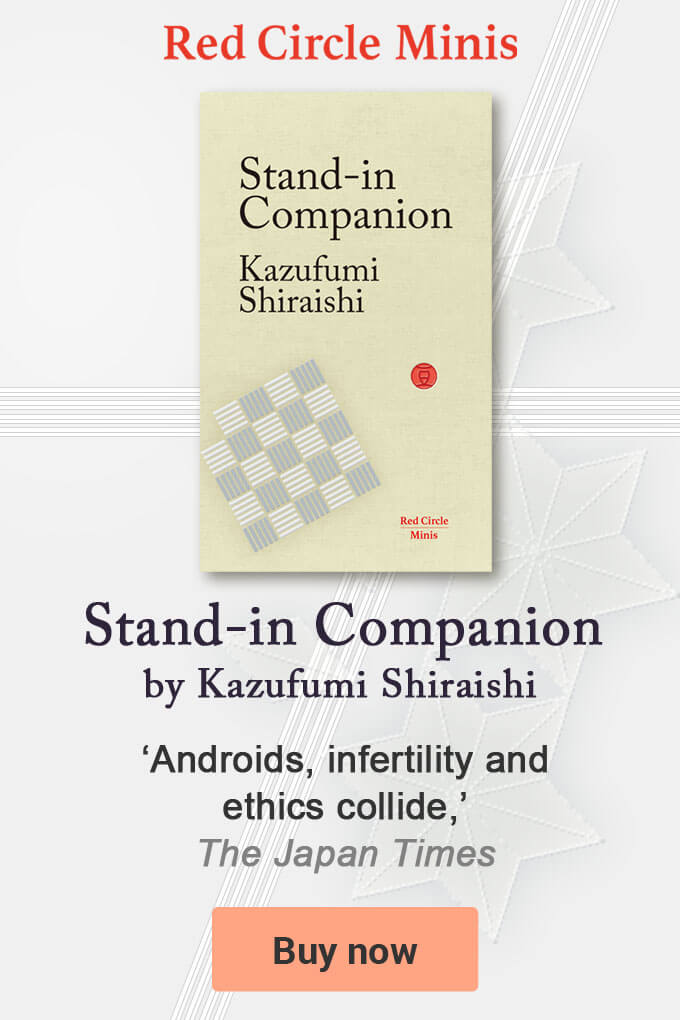- UNESCO
Mount Fuji, which is featured in Japan’s oldest fictional prose and first collection of poetry, is still a powerful literary motif[UPDATED: 12-1-2021]
In June 2013 the World Heritage Committee of UNESCO announced that Mount Fuji would be recognised as a World Heritage Site. The official proposal that led to the mountain winning this status was known as ‘Fujisan: Sacred Place and Source of Artistic Inspiration’.
Mount Fuji, also known as Fujiyama, and Fujisan is Japan’s highest mountain. It is volcanic and last erupted in 1707-1708. Mount Fuji has had a huge impact on Japanese culture including its literature in all its forms and formats. According to UNESCO, it has “inspired artists and poets and been the object of pilgrimage for centuries”.
Japan’s oldest extant fictional prose The Tale of the Bamboo Cutter, from the Heian Period (794-1185), which tells the tale of Princess Kaguya, features the mountain at the end of the story. Mount Fuji also features in the Manyoshu, Collection of Ten Thousand Leaves, Japan’s oldest surviving book of poetry, which was compiled even earlier during Japan’s Nara Period (710-794), when the nation’s capital was located in Nara.
Japan’s first winner of the Nobel Prize in Literature Yasunari Kawabata (1899- 1972) used it in his works, including First Snow on Fuji; as did the Zen master and poet Matsuo Basho (1644-1694) who wrote poems about it. Contemporary authors including Randy Taguchi, whose collection of short stories Fujisan about the lives of dysfunctional Japanese individuals living under the shadow of the mountain, continue to draw on it for inspiration.
The mountain has been an enduring icon and influence on Japanese literature and the nation’s creative communities. Academics have written books on its influence; books like The Literature of Mt. Fuji: Japanese Classic Literature and Mount Fuji: Icon of Japan. It has also famously featured in woodblock prints by some of Japan’s best-known artists as well as many other Japanese art forms.
Its power and influence endures to this day – and it is probably too early to predict if or when Mount Fuji, which stands at 3,776 metres, will reach its cultural and literary peak.
- TOPICS:
- Randy Taguchi
- History
- UNESCO

